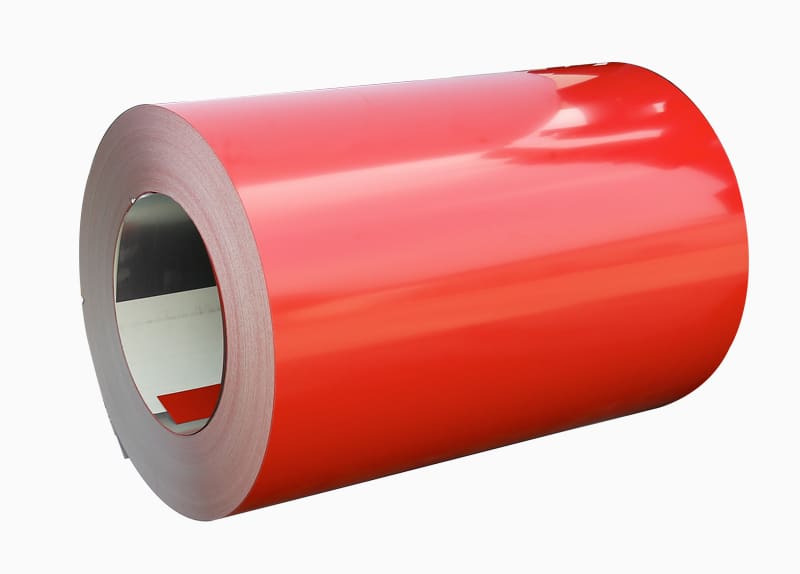On the Quality of High Temperature Resistance of Color Steel Coils
Update:23,Apr,2023
Summary: Color steel coil is a new type of material produced in recent years due to high-end applications in China, commonly refe...
Color steel coil is a new type of material produced in recent years due to high-end applications in China, commonly referred to as CCLI. It is a product made from galvanized steel plates (55% aluminum, 43% zinc, and 1.6% silicon) that have better corrosion resistance than zinc as substrates. After surface degreasing, phosphating, and complexing treatment, it is coated with organic paint and baked. Color difference MAX.2.
The above data indicates that aluminum zinc coated plates (AZ150, G345A, PVDF) are very suitable for buildings or other facilities in extreme environments, with corrosion and climate resistance, and this type of steel plate can be guaranteed to have a service life of more than 20 years by major steel mills. In addition, high-strength steel plates have been widely used abroad and have good economic performance, which is also a development trend in China.
Hot zinc, hot zinc iron alloy, hot-dip aluminum zinc alloy, hot-dip aluminum alloy, electrozinc. The commonly used steel coils are hot-dip zinc and hot-dip aluminum zinc. It cannot be distinguished visually and can only be seen on the outer packaging label. The substrate of the colored steel coil is hot zinc, and the hot zinc raw material is cold rolled sheet. By coating a layer of zinc on the cold rolled sheet, the coil is plated. Nowadays, zinc is generally hot zinc, and electroplating is rarely used, so the steel coil belongs to cold rolled sheet.
When cutting and uncoiling coated steel coils for household appliances, there is often a defect on the surface - surface pressure spot defect. This defect is caused by slight deformation of the coating surface during baking and cooling of the color plate coating, and sometimes the surface appears rough, showing a visually visible pressure spot shape. Quality in terms of heat dissipation and high temperature resistance.
At the same time, it is also very prominent in terms of color, smoothness, and feel. Note the development of new coatings, improving general polyester, polyvinylidene fluoride (PVDF), and plastic sols to achieve super color reproducibility, UV resistance, sulfur dioxide resistance, and improved corrosion resistance; Develop functional coatings that are resistant to pollution and absorb heat.





